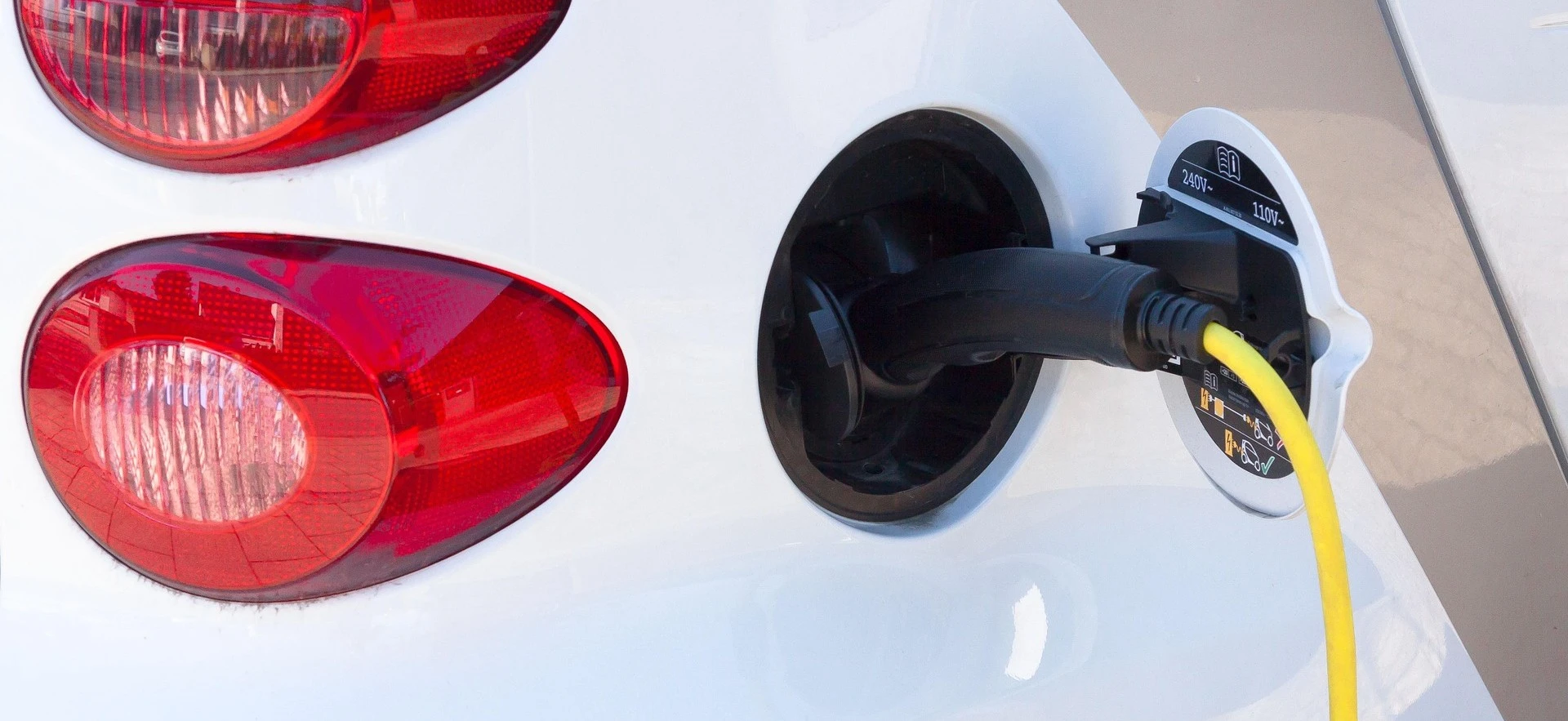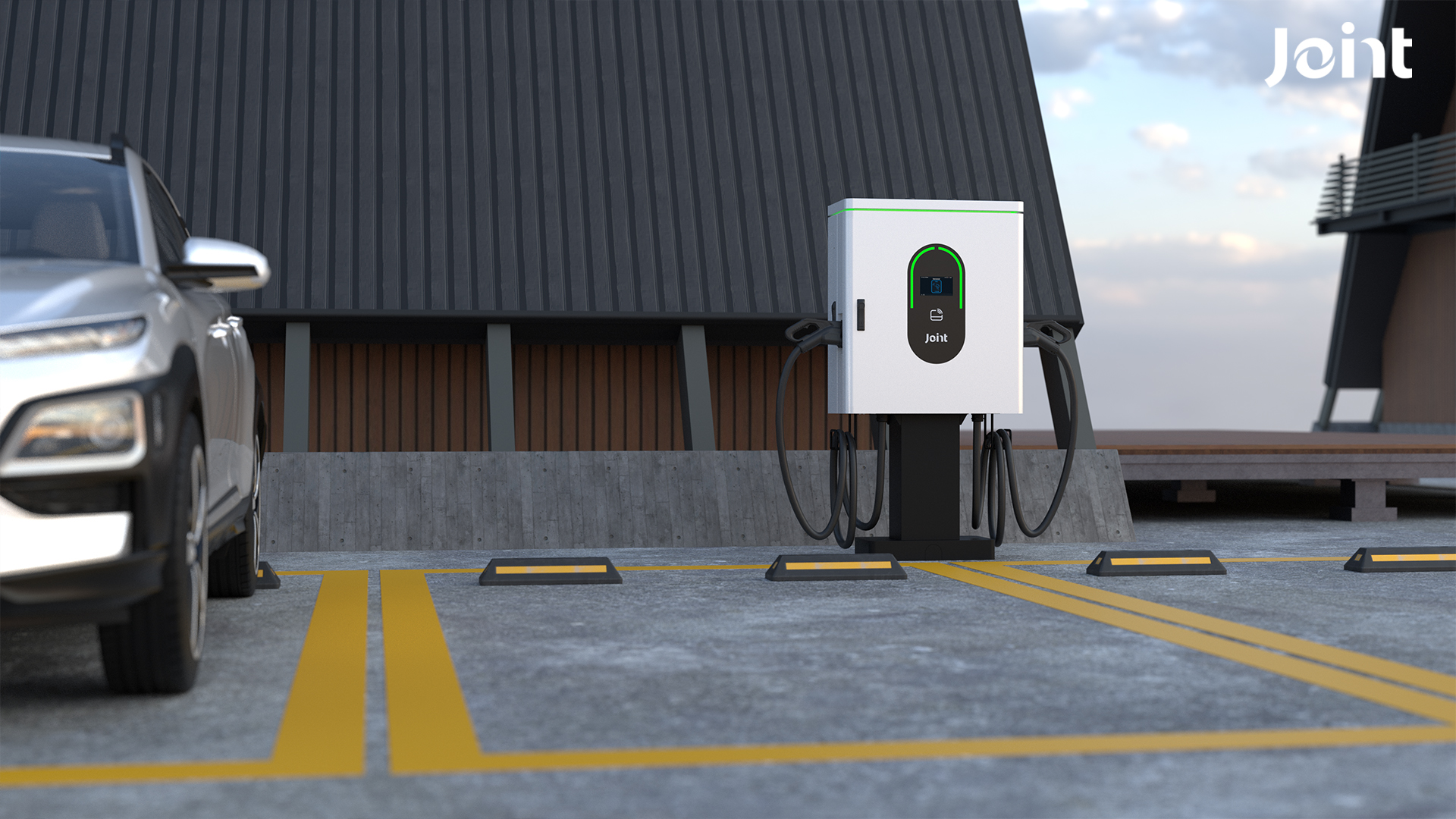
Vehicle-to-Grid (V2G): The Future of EV Charging and a Smarter Energy Grid
Vehicle-to-Grid technology is redefining the role of electric vehicles, turning them into dynamic energy assets that benefit drivers, utilities, and the planet.

As the EV market continues to grow rapidly, charging speed has become a key concern for drivers and industry experts. By 2025, liquid-cooled charging cables will be a core technology for High Power Charging (HPC), reshaping the efficiency and user experience of EV charging.
Liquid-cooled charging cables are an advanced technology utilising a liquid-cooled system to support high-power charging (up to 350 kW). Compared with traditional air-cooled cables, Liquid-cooled cables have integrated coolant circulation channels inside the cable. It lowers the temperature and releases heat by absorbing the liquid, thereby reducing the temperature of cables and connectors under high current. The design not only improves charging efficiency but also enhances the safety and durability of the device.
The thermal management capabilities are key to Liquid-cooled cable. When a charging station has high charging power, such as 400kw, electric vehicles can produce a large heart so traditional cable limited power or reduce use life. However, a liquid-cooled system can import heat by circulating cooled liquid (such as water- or oil-based coolants), ensuring service normal operation in extreme lowdown.

Traditional high-power cable is heavy because it needs a thick copper core. Liquid-cooling reduces cable diameter and weight through highly efficient heat management. Generally, liquid-cooled cables weigh less than traditional cables by 30%-40% and are easier to operate. Meanwhile, a liquid-cooled system reduces the risk.
For EV drivers: The lighter cable makes plugging and unplugging more convenient and improves the charging experience, and is particularly suitable for female or older adults.
For charging station operators: Lighter cables reduce installation and maintenance costs, and reduce downtime and Insurance costs by improving safety.
Liquid-cooled cables reduce heat stress on cables and connectors through effective thermal management, which prolongs equipment life (up to 5-8 years). Besides, the liquid-cooled system supports modularised design and is easy to maintain and upgrade, so it is suitable for the long-term operation of large-scale charging stations.
For EV drivers: Stable charging equipment means a more reliable charging experience and less worry about “ charging station breakdowns”.
For charging station operators: the modular design reduces maintenance costs and extends the life cycle of the equipment, providing a higher return on investment.
Liquid-cooled charging cables are reshaping charging speeds, device durability and user experience. For charging station operators, it means increased return on investment and market competitiveness; for EV owners, it brings a more convenient and efficient charging experience. Whether you are a charging station operator planning to deploy or an EV owner looking for the best charging experience, liquid-cooled charging cables are worth looking at.
Do you want to learn more about charging stations? Please feel free to contact us at info@jointcharging.com

Vehicle-to-Grid technology is redefining the role of electric vehicles, turning them into dynamic energy assets that benefit drivers, utilities, and the planet.

At this ACT Expo, Joint Tech will unveil its latest advanced commercial Level 2 charging solution, designed to enhance the user experience. Meanwhile,powered by new technology, our commercial chargers effectively address multiple challenges encountered in real-world applications.

The new tariffs imposed by the United States have once again caused global economic tension.In order to respond to the impact on the global supply chain, Joint new factory in Malaysia offers favorable tax rates.